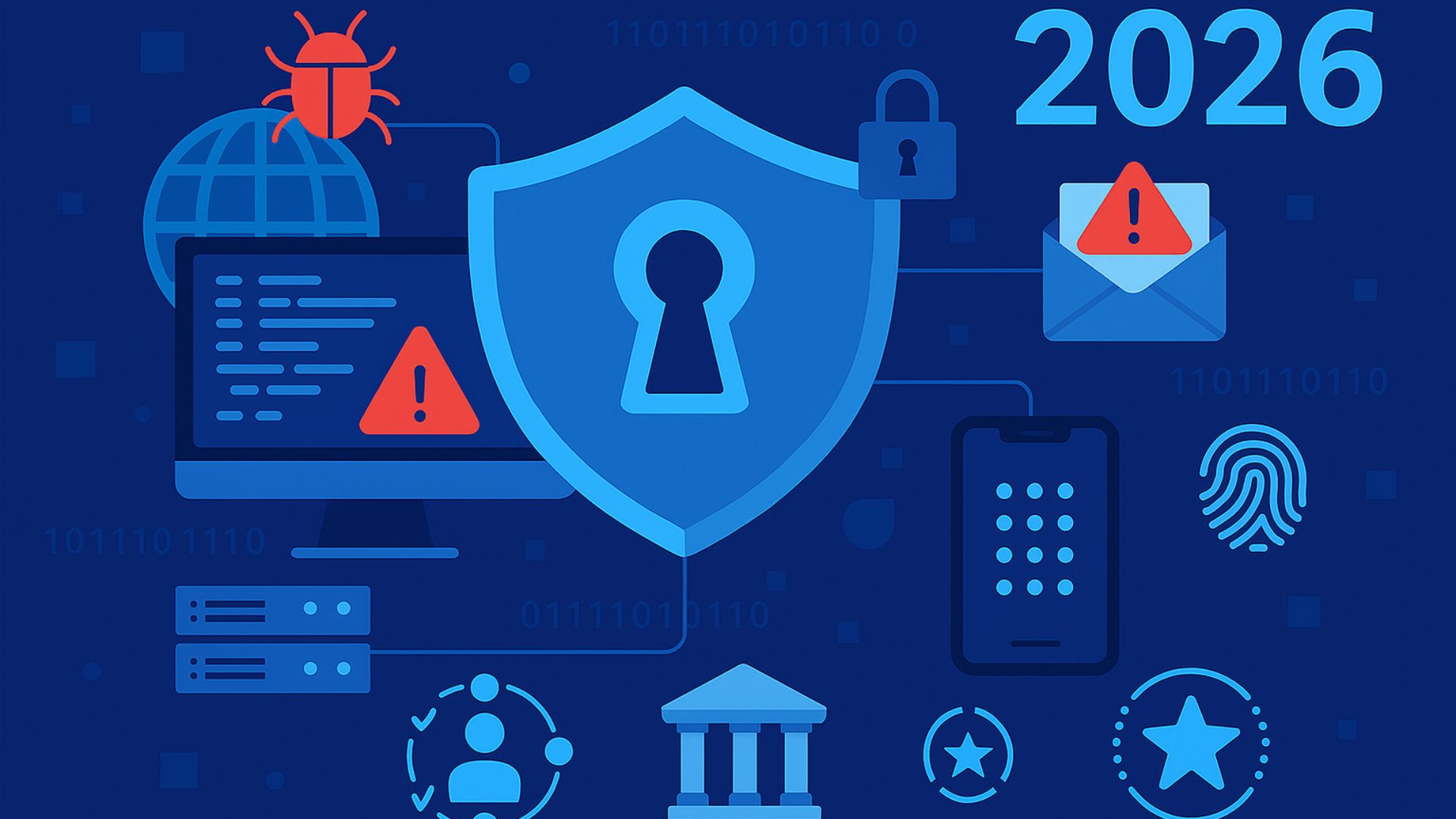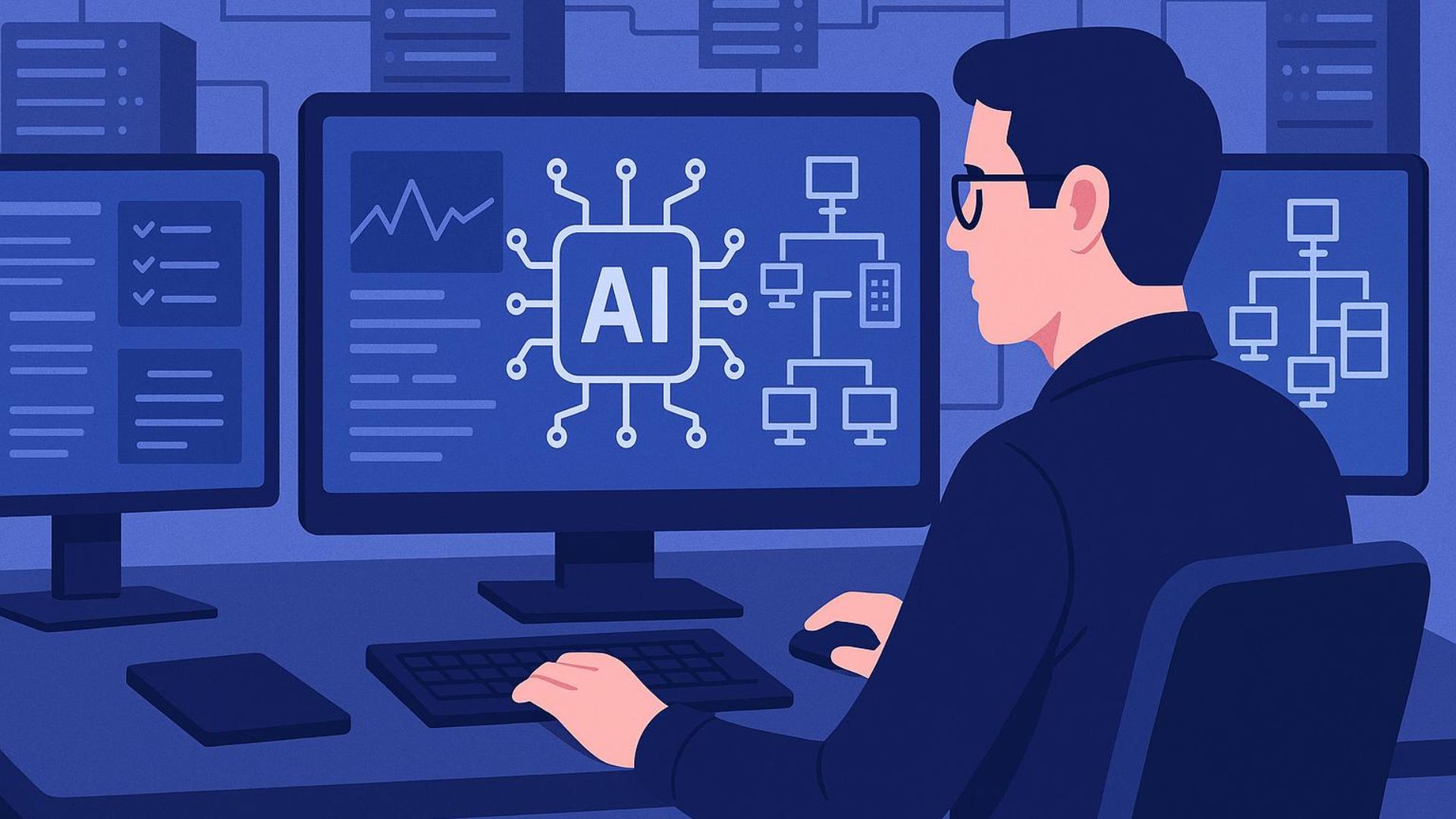Since the pandemic, MSPs and IT teams have been forced to adjust to the new reality of serving a distributed network of users across a patchwork of remote and hybrid workplaces.
As a result, the way we support our users has changed significantly. This includes integrating network operation tools to support remote and hybrid users and troubleshooting networks outside of our control that we really didn’t have to in the past.
To keep pace with the constant change of IT, MSPs must invest in resources to make sure the end users they support can work remotely without delays, disruptions, or security threats. Outdated end user hardware often causes problems that limit the remote user experience. Network bottlenecks and software failures can also impede worker productivity. These issues may stem from weak home Wi-Fi setups, network latency for enterprise applications, or intermittent coverage from internet service providers.
Supporting Remote and Hybrid Workforces
More than 90% of MSPs and IT teams now continuously support some level of remote work, according to last year’s Auvik IT Trends Report, which surveyed 2,000+ IT professionals.

Steve Petryschuk
The most common staffing structure, or 40% of respondents, was half remote and half onsite. Smaller organizations with 250 or fewer employees were less likely to blend their time. As expected, the tech industry was more likely to work fully remote, while healthcare was more likely to be based fully onsite.
Supporting remote and hybrid workforces is a major focus for MSPs. However, when asked if they had an adequate toolset to support remote and hybrid environments, there was a big gap in confidence between management and IT technicians.
About 58% of survey respondents representing the C-suite strongly agreed that their network toolsets were prepared to meet remote workers’ needs. Yet only 35% of IT technicians shared this same level of confidence.
Automating IT Management to Reduce Network Downtime
When a user calls the MSP help desk to report the dreaded, “My computer is slow,” or, “My network is slow,” MSPs are forced to react in a situation where they have a clear lack of network visibility and control.
If the MSP lacks the needed context about where a user is based or what device is being used, that creates added layers of friction before the user issue can be resolved. Any such reactive help desk ticket also incurs a cost for an MSP. Enabling the MSP to receive fewer help desk tickets and resolve them faster allows that team to pursue more proactive work for the organization.
MSPs can take several approaches to overcome these challenges. The best solution is to deliver a simple frictionless IT experience for users through a combination of network monitoring, management, and automation. In this state, the constant change of IT environments minimizes disruption. Instead, it drives the organization’s potential for growth.
Traditional network monitoring solutions track on-premise networks over time, providing data on inventory, performance stats, and comprehensive maps. Such a granular level of automated, proactive monitoring produces a radical simplicity that allows network administrators to quickly identify and mitigate failures.
It is time to evolve these traditional network monitoring solutions to the modern, distributed workforce and apply these sample concepts of simplicity of network management for distributed users.
That means automating the same insights to historical network performance, change history, and visualizations of a user’s network. It also means automating repetitive IT tasks that drive efficiencies and cost-savings, such as by automating SaaS discovery, and seamless onboarding and offboarding distributed employees.
A Better Transition
The shift to automated processes for the distributed workforce puts an MSP or IT team in a much better position to embrace future changes. They also will be able to quickly deploy newer technologies, such as next-gen SaaS applications or generative AI tools.
In addition, taking a consistent strategy to automate software patches and updates enables a service provider to focus on higher-level pursuits, such as providing strategic guidance or hardening clients’ security posture.
The idea behind frictionless IT is to enable an MSP’s end users to continue working uninterrupted — without a need to contact the helpdesk — by ensuring continuous uptime and dependable security. It’s not a change we can make overnight, but it’s one that we can work towards as our clients’ needs evolve.
Steve Petryschuk is a director, network security and management expert, and tech evangelist at Auvik. He has over a decade of industry experience, specializing in identifying and resolving the challenges faced by network and IT administrators.
This article was updated on 11/8/2025.
Featured image: iStock













